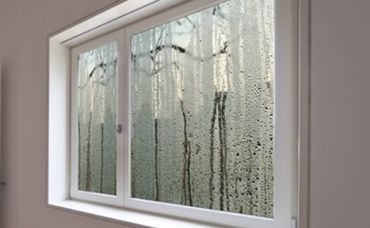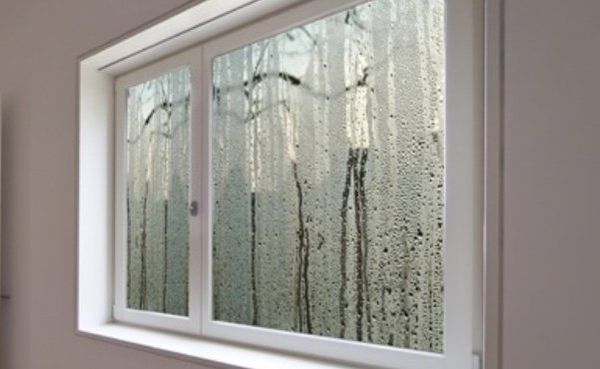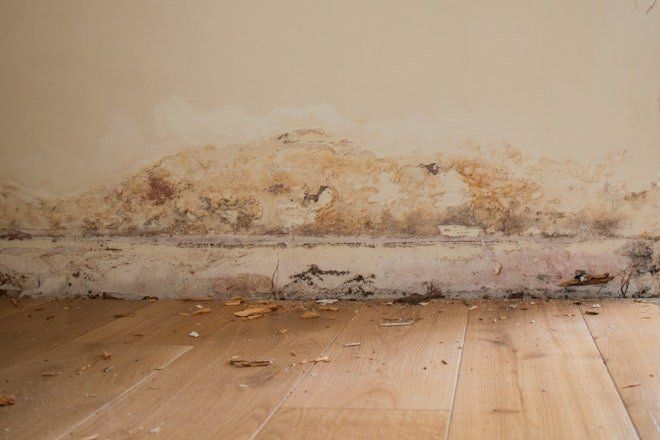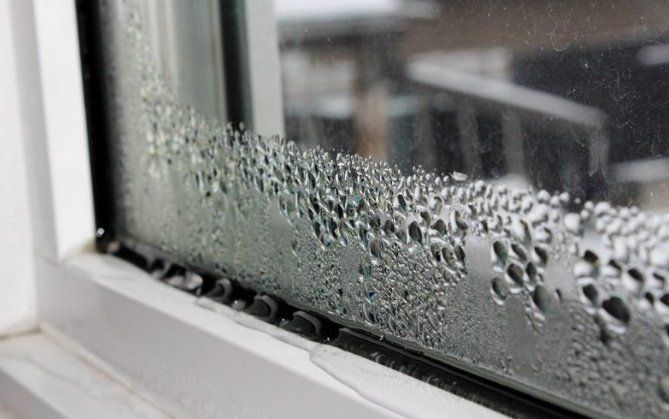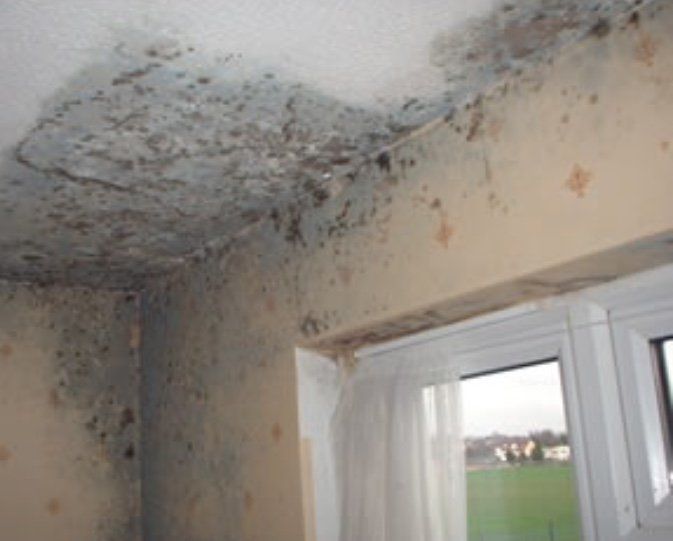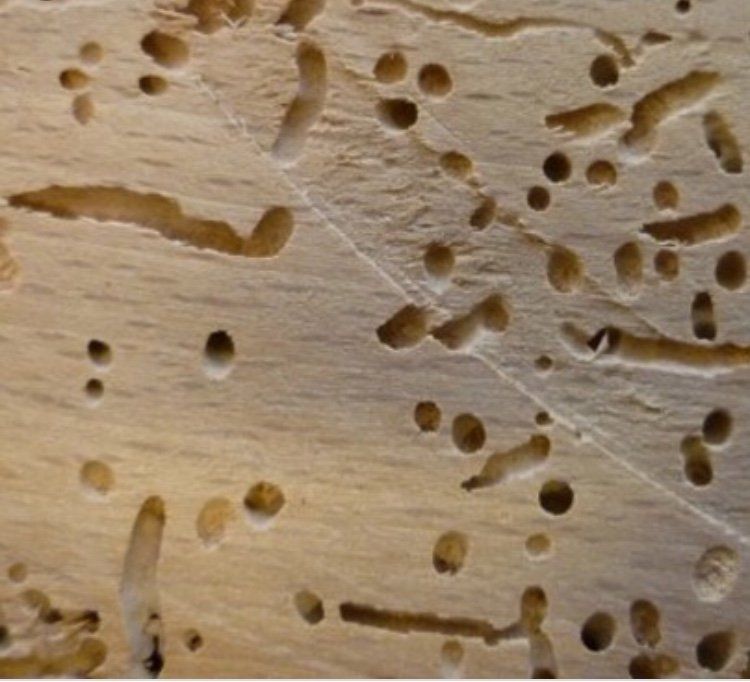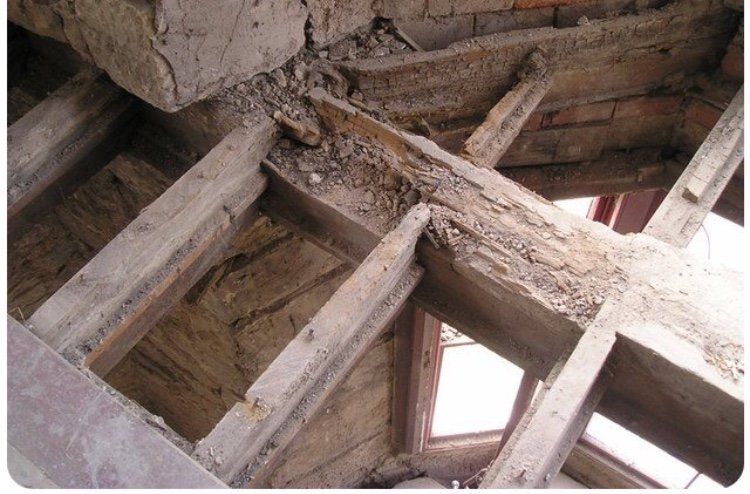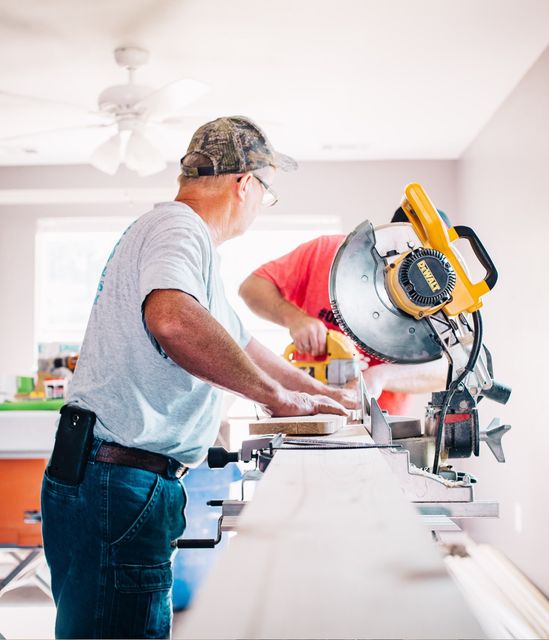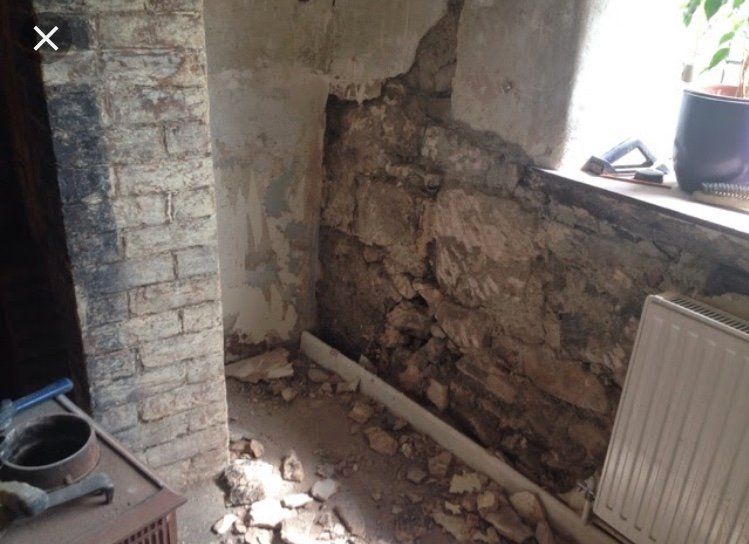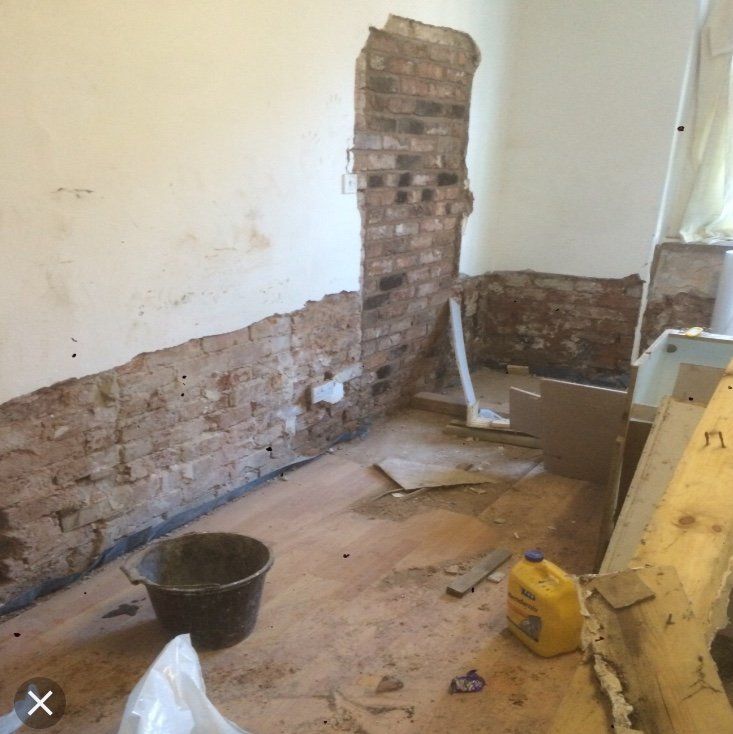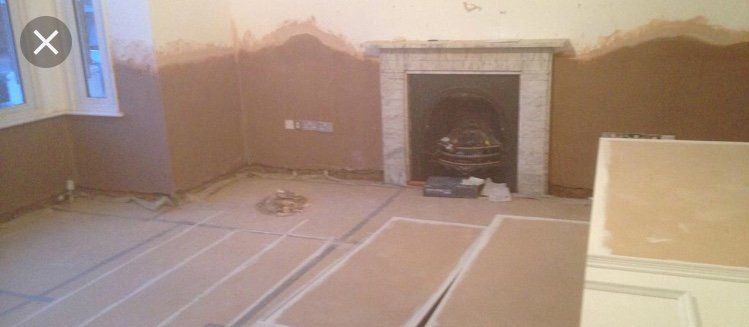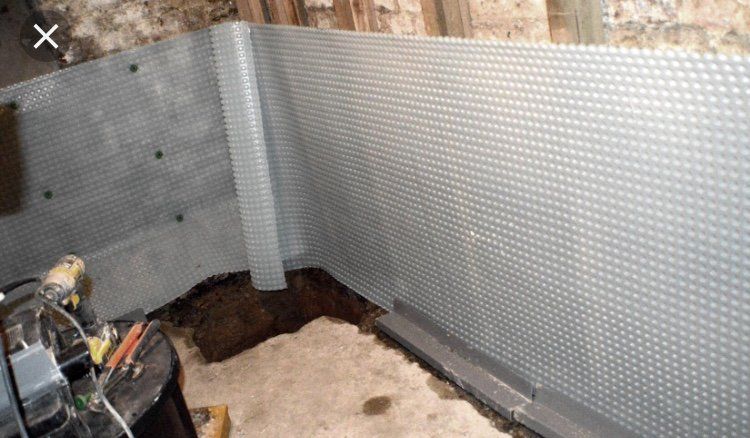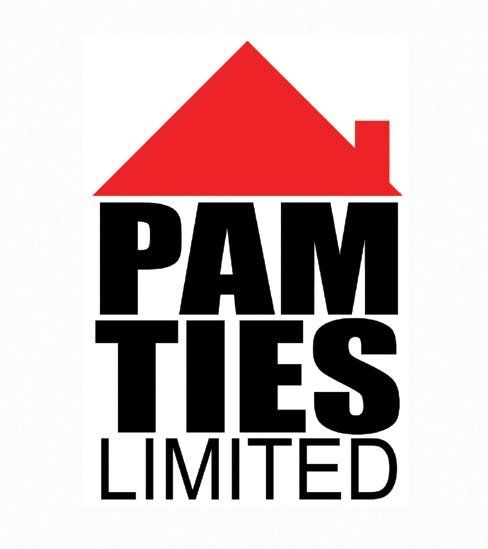IC Damp Treatment & Property Maintenance
We bring pride and passion to every project that we undertake, with a professional team of designers, project managers and tradespeople.
About us
We are a family run business that specialize in all types of Damp and rot treatments in both commercial and domestic properties .We also undertake renovations and building maintenance, everything, from loft bathrooms to complete home renovations. Our process is transparent, so you get the design you want, within budget, and on time.
How it works
- 1. Send a requestDescribe the item or answer the question so that site visitors who are interested get more information. You can emphasize this text with bullets, italics or bold, and add links.
- 2. Take measurementsDescribe the item or answer the question so that site visitors who are interested get more information. You can emphasize this text with bullets, italics or bold, and add links.
- 3. Approve budgetDescribe the item or answer the question so that site visitors who are interested get more information. You can emphasize this text with bullets, italics or bold, and add links.
- 4. Start projectDescribe the item or answer the question so that site visitors who are interested get more information. You can emphasize this text with bullets, italics or bold, and add links.
- 5. Finish on scheduleDescribe the item or answer the question so that site visitors who are interested get more information. You can emphasize this text with bullets, italics or bold, and add links.
Our services
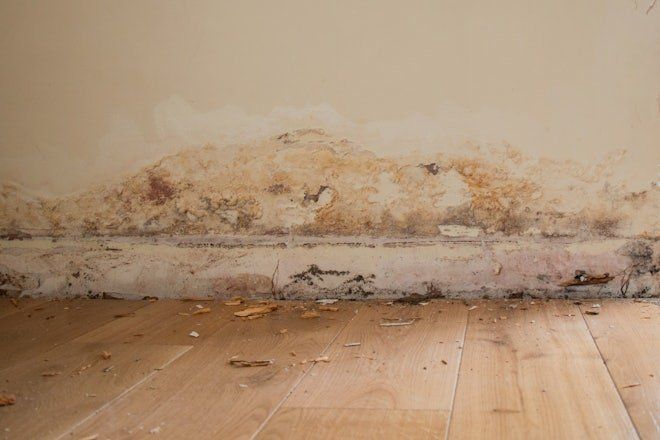
Rising damp is one of most talked about and controversial types of damp. Putting aside the debates for a moment, if you think you might have an issue with rising damp you are in the right place. This How To guide takes you through identifying rising damp, the causes and how to effectively deal with it. A large part of this guide is given over to correctly identifying rising damp in your home, telling it apart from much more common damp issues. We also bust some myths around rising damp and its treatment.
What is Rising Damp?
Rising damp is a relatively rare form of damp that affects the walls of buildings. It occurs when moisture from the ground travels up through the walls by capillary action. This means that ground water is effectively sucked up through tiny tubes in the bricks, like a series of straws. This water contains salts that also travel up through the wall.
Around the affected wall, you get other porous building materials such as plasterwork and the timber found in the floor boards, joists and skirtings. These materials will also absorb the ground water easily and you may find evidence of wet rot in the timber. Read our guide for help diagnosing and treating wet rot.
Generally rising damp is first noticed by the damage it causes to the internal walls of a building. Plaster and paint can deteriorate and any wallpaper tends to loosen. A visible stain often appears on the wall in the form of a tide mark at the point where the ground water has reached. You may also see salts blooming on the internal surface. This is something often associated with rising damp and will lead to the debonding of paints and even plaster work. Externally, mortar may crumble and white salt stains may appear on the walls. We will go into the common signs of rising damp in more detail later in the guide.
Causes of Rising Damp
Most buildings have some form of barrier installed at the lower level of the wall to prevent water rising up in this way. It is called a damp proof course (DPC). These can be made of non-absorbant, water-resistant materials such as slate, bitumen and plastic depending on the period the property was built. Sometimes these physical DPCs may fail over time; in older houses they may not exist at all. If you don’t have a DPC or there is evidence that it has failed then there is nothing to prevent the water from travelling up your wall.
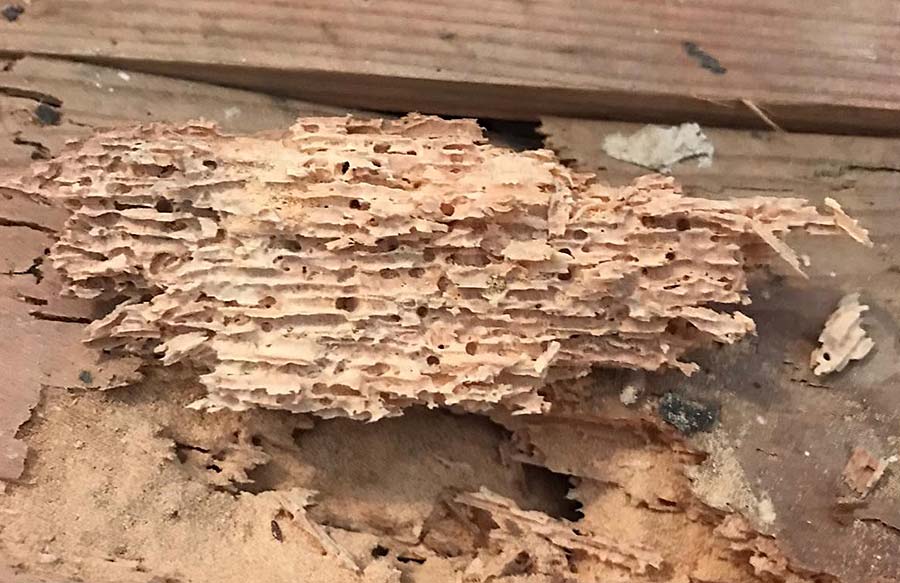
Dry & Wet rot
Dry rot
Dry rot (Serpula lacrymans) is a wood-destroying fungus that is found in most parts of the world. Although it affects forest timbers, dry rot is best known for its ability to destroy timbers in ships and buildings.
Identification of Dry Rot
It is important to identify whether timber decay has been caused by dry rot or another wood-destroying fungus such as one of the wet rots. This is because dry rot has the ability to travel through building materials other than timber, giving outbreaks the potential to spread quickly through a building. For this reason additional measures (e.g. masonry sterilisation) often have to be taken when treating dry rot outbreaks over and above those necessary when dealing with outbreaks of other wood-rotting fungi.
Typical indications of dry rot include:
• Wood shrinks, darkens and cracks in a ‘cuboidal’ manner (see picture)
• A silky grey to mushroom coloured skin frequently tinged with patches of lilac and yellow often develops under less humid conditions. This ‘skin’ can be peeled like a mushroom.
• White, fluffy ‘cottonwool’ mycelium develops under humid conditions. ‘Teardrops’ may develop on the growth.
• Strands develop in the mycelium; these are brittle and when dry and crack when bent.
• Fruiting bodies are a soft, fleshy pancake or bracket with an orange-ochre surface. The surface has wide pores.
• Rust red coloured spore dust frequentky seen around fruiting bodies.
• Active decay produces a musty, damp odour.
Dry rot can cause widespread structural damage. We recommend that a professional timber treatment company is called in to carry out a survey if dry rot is suspected. If you suspect dry rot, please contact our technical department on 07840271942 or submit an enquiry and we will be happy to arrange for an experienced timber treatment expert to contact you.
Wet rot
Wet rot grows on porous surfaces such as timber where there is moisture content of at least 50%. Wet rot can often lead to major structural damage if it is left to grow unchecked as it can weaken timber.
Moisture content this high often is a result of defective plumbing, gutters, downpipes or stone pointing. If you spot a defective pipe then it is worth checking out your property to ensure there are no signs of growth. Fortunately, wet rot does not spread through masonry and the growth of wet rot will cease when the moisture is removed.
DIFFERENCES IN APPEARANCE
Wet rot identification:
• Look out for black fungus growing on timber.
• It will feel soft and spongy and likely darker than surrounding timber.
• If it has dried out it will easily crack and crumble into fine pieces.
Dry rot identification:
• The timber will be brown in colour and will easily crumble in your hand.
• There could be silky white sheets.
• There could be a 'fruiting body' growing on the timber.
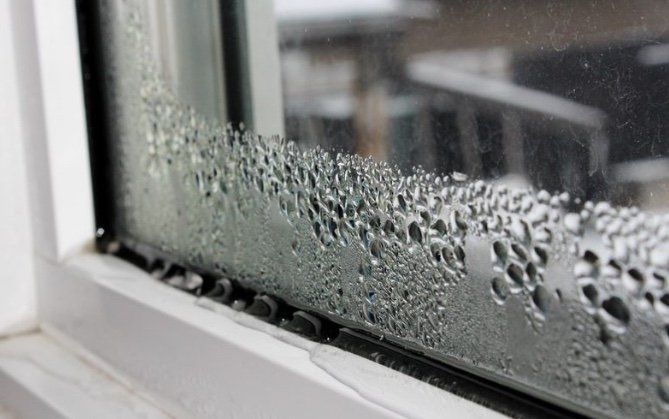
Condensation
Condensation is the process where water vapor becomes liquid. It is the reverse of evaporation, where liquid water becomes a vapor.
Condensation happens one of two ways: Either the air is cooled to its dew point or it becomes so saturated with water vapor that it cannot hold any more water.
Dew Point
Dew point is the temperature at which condensation happens. (Dew is simply condensed water in the atmosphere.) Air temperatures can reach or fall below the dew point naturally, as they often do at night. Thats why lawns, cars, and houses are often coated with water droplets in the morning.
Condensation can also produce water droplets on the outside of soda cans or glasses of cold water. When warm air hits the cold surface, it reaches its dew point and condenses. This leaves droplets of water on the glass or can.
When a pocket of air becomes full of water vapor, clouds form. The point at which condensation starts can be easily viewed in cumulus clouds, which have flat bottoms. Those flat bottoms are where vapor begins to condense into water droplets.
Saturation
Clouds are simply masses of water droplets in the atmosphere. Molecules in water vapor are far apart from one another. As more water vapor collects in clouds, they can become saturated with water vapor. Saturated clouds cannot hold any more water vapor. When clouds are saturated with water vapor, the density, or closeness, of the molecules increases. The vapor condenses and becomes rain.
Cold air holds less water vapor than warm air. This is why warm climates are often more humid than cold ones: Water vapor remains in the air instead of condensing into rain. Cold climates are more likely to have rain, because water vapor condenses more easily there.
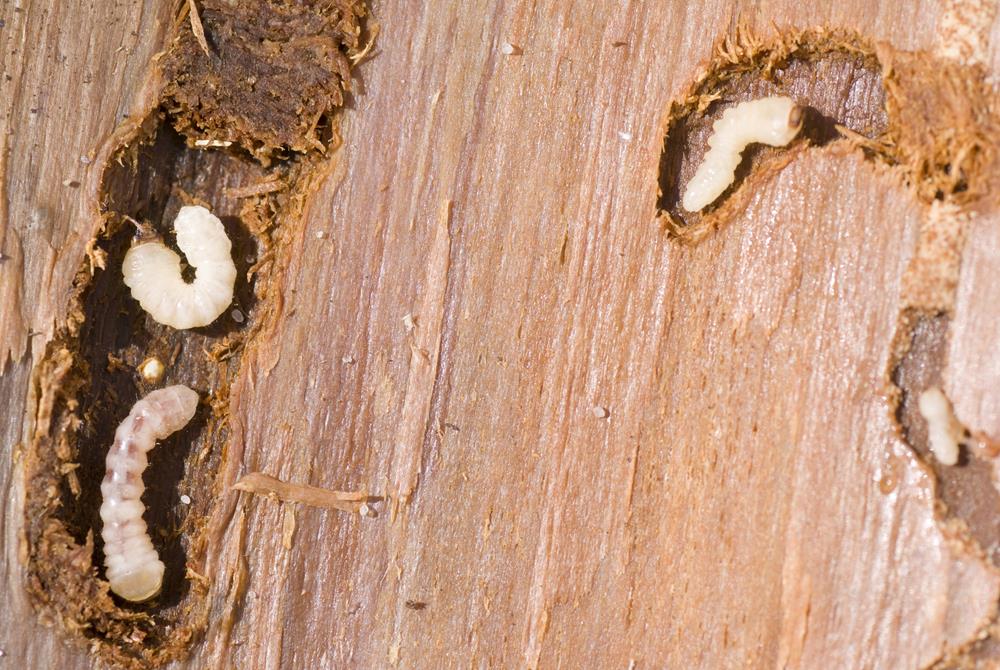
Woodworm
WHAT IS WOODWORM?
Woodworm is a generic term used to describe the larvae stage of wood boring beetles. The damage caused by the larvae eating their way through timber can lead to serious structural integrity problems in a property if left untreated.
Fortunately, the woodworm experts at IC Damp Treatment have a variety woodworm treatments available to tackle the problem before it causes any serious issues.
Our fully qualified surveyors and trained technicians are ready to take your call, so if you think you have spotted the signs of woodworm in your home or business premisies do not hessitate to call us or click the button below to fill in our online contact form.
WHY IS WOODWORM A PROBLEM?
Despite the fact woodworm larvae are tiny pests, an active infestation can still leave a significant network of tunnels in structural timbers that will be enough to weaken them to a point that results in significant damage to a property.
HOW A WOODWORM INFESTATION BEGINS
Woodworm lifecycle begins with the adult beetle that looks for somewhere to leave its eggs. This could be on a door or window frame, the end of a timber beam or timbers within an attic space. Here it will lay a clutch of eggs and once these eggs hatch the larvae will burrow its way into the wood where they can spend up to three years or more eating their way through the timber. When they transform into adult beetles they eat their way out of the wood to start the whole process again.
HOW TO IDENTIFY WOODWORM
Tell tale signs to identify woodworm include:
• Small round holes in your woodwork similar to the holes in a dart board.
• Fine, powdery dust around these holes (this is known as frass).
• Crumbly edges to boards and joists.
• Adult beetles emerging from the holes or present around the house.
• Even if you can't see any holes, you might also find frass escaping from the back or underside of old furniture. Again this suggests active woodworm.

Testimonials
Jenny Roberts
Ian and team did a fantastic job on our old Victorian house, after survey they came back with a solution
to our issues and a great timescale.
Mr A Davies
Our house had damp and condensation issues for a number of years we found this
company recommended by a family friend,must say found them very polite and new there stuff and very honest with there answers.
Dr Singh
Had the pleasure to let this company do some maintenance on our family home, they were very reliable and helpful to whatever we asked of them.


